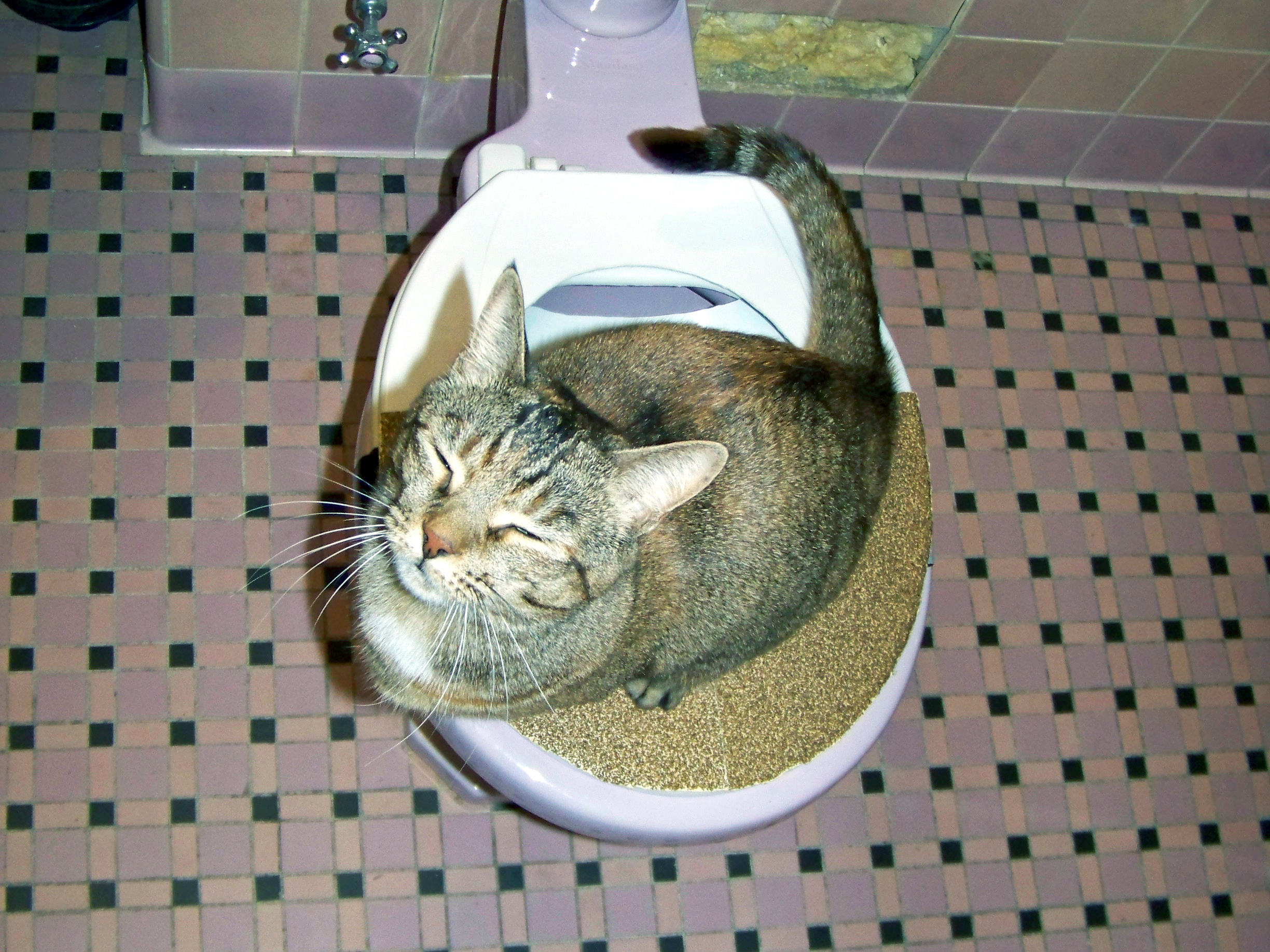Avoid Plumbing Problems: Never Flush Cat Poop Down Your Toilet - Professional Guidance
Avoid Plumbing Problems: Never Flush Cat Poop Down Your Toilet - Professional Guidance
Blog Article
We've encountered the article pertaining to Can You Flush Cat Poo or Litter Down the Toilet? below on the internet and reckoned it made good sense to write about it with you on this page.

Intro
As cat owners, it's vital to be mindful of how we take care of our feline friends' waste. While it might appear hassle-free to flush pet cat poop down the toilet, this practice can have detrimental consequences for both the setting and human health.
Ecological Impact
Flushing cat poop presents harmful virus and bloodsuckers into the supply of water, posing a substantial risk to marine ecological communities. These pollutants can adversely impact aquatic life and compromise water top quality.
Health Risks
In addition to ecological issues, purging feline waste can additionally posture wellness risks to people. Feline feces may include Toxoplasma gondii, a parasite that can trigger toxoplasmosis-- a potentially extreme illness, particularly for pregnant women and people with weakened immune systems.
Alternatives to Flushing
The good news is, there are much safer and a lot more liable means to get rid of pet cat poop. Take into consideration the adhering to choices:
1. Scoop and Dispose in Trash
The most typical technique of getting rid of cat poop is to scoop it right into a biodegradable bag and toss it in the garbage. Be sure to use a committed trash scoop and throw away the waste without delay.
2. Usage Biodegradable Litter
Go with eco-friendly cat trash made from products such as corn or wheat. These clutters are environmentally friendly and can be securely gotten rid of in the garbage.
3. Bury in the Yard
If you have a backyard, think about burying feline waste in a marked location far from veggie gardens and water resources. Make certain to dig deep adequate to avoid contamination of groundwater.
4. Install a Pet Waste Disposal System
Invest in a family pet garbage disposal system particularly designed for pet cat waste. These systems utilize enzymes to break down the waste, decreasing odor and ecological effect.
Conclusion
Accountable pet possession extends beyond giving food and shelter-- it additionally involves appropriate waste monitoring. By refraining from purging cat poop down the bathroom and opting for alternate disposal techniques, we can decrease our environmental footprint and safeguard human health and wellness.
Why Can’t I Flush Cat Poop?
It Spreads a Parasite
Cats are frequently infected with a parasite called toxoplasma gondii. The parasite causes an infection called toxoplasmosis. It is usually harmless to cats. The parasite only uses cat poop as a host for its eggs. Otherwise, the cat’s immune system usually keeps the infection at low enough levels to maintain its own health. But it does not stop the develop of eggs. These eggs are tiny and surprisingly tough. They may survive for a year before they begin to grow. But that’s the problem.
Our wastewater system is not designed to deal with toxoplasmosis eggs. Instead, most eggs will flush from your toilet into sewers and wastewater management plants. After the sewage is treated for many other harmful things in it, it is typically released into local rivers, lakes, or oceans. Here, the toxoplasmosis eggs can find new hosts, including starfish, crabs, otters, and many other wildlife. For many, this is a significant risk to their health. Toxoplasmosis can also end up infecting water sources that are important for agriculture, which means our deer, pigs, and sheep can get infected too.
Is There Risk to Humans?
There can be a risk to human life from flushing cat poop down the toilet. If you do so, the parasites from your cat’s poop can end up in shellfish, game animals, or livestock. If this meat is then served raw or undercooked, the people who eat it can get sick.
In fact, according to the CDC, 40 million people in the United States are infected with toxoplasma gondii. They get it from exposure to infected seafood, or from some kind of cat poop contamination, like drinking from a stream that is contaminated or touching anything that has come into contact with cat poop. That includes just cleaning a cat litter box.
Most people who get infected with these parasites will not develop any symptoms. However, for pregnant women or for those with compromised immune systems, the parasite can cause severe health problems.
How to Handle Cat Poop
The best way to handle cat poop is actually to clean the box more often. The eggs that the parasite sheds will not become active until one to five days after the cat poops. That means that if you clean daily, you’re much less likely to come into direct contact with infectious eggs.
That said, always dispose of cat poop in the garbage and not down the toilet. Wash your hands before and after you clean the litter box, and bring the bag of poop right outside to your garbage bins.
https://trenchlesssolutionsusa.com/why-cant-i-flush-cat-poop/

As a passionate person who reads on How to Dispose of Cat Poop and Litter Without Plastic Bags, I assumed sharing that excerpt was a great idea. Do you know about another person who is intrigued by the topic? Take a moment to promote it. Many thanks for taking the time to read it.
Estimate Free Report this page